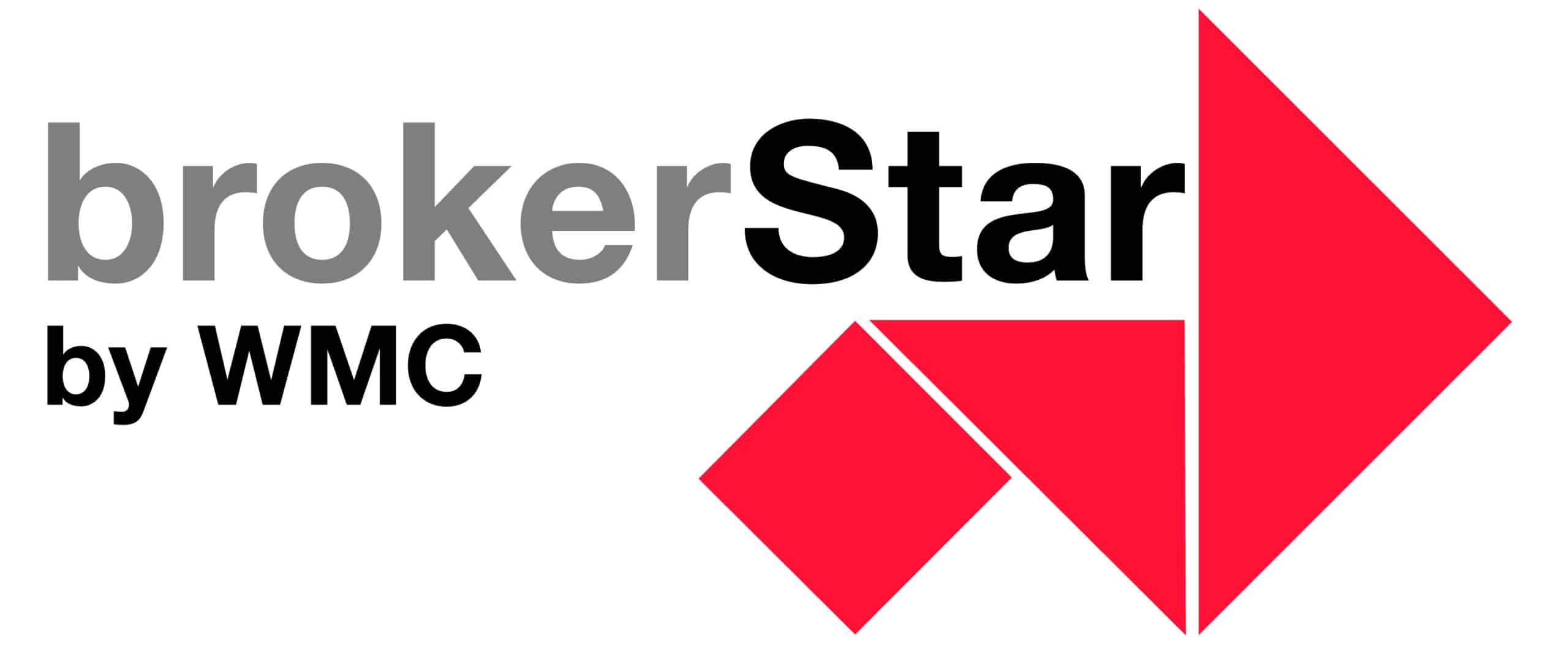Fires in Los Angeles: How does the US Insurance System Work?
17 Januar, 2025 | Aktuell Interviews Nicht kategorisiert
The fire has been burning in the Pacific Palisades district in the southwest of Los Angeles since 7 January. By 16 January, an area of around 96 square kilometres had been destroyed. With insured losses of between 20 and 35 billion US dollars (Gallagher Re) and economic losses of up to 150 billion or more, the wildfires in and around Los Angeles are set to be among the costliest in California’s history. The biggest US insurers, such as State Farm, Farmers, Chubb, Allstate and Travelers, which are also behind the Californian ‘Fair Plan’ insurance pool, will be hit hardest by the figures. Days ago, California Governor Gavin Newsom declared a state of emergency in Los Angeles and neighbouring counties.
thebrokernews talks to Gabor Jaimes, an expert in natural hazard, property and cyber insurance at the Swiss Insurance Association SIA. He lived in Santa Monica, California, from 2005 to 2010 and worked in the reinsurance industry, specifically in the assessment of natural hazard risks in the US.
When you see the pictures on TV of how quickly the houses in the affected areas burn down completely, you wonder whether better construction methods would have mitigated the damage. Do Americans build poorly?
Gabor Jaimes: Many single- and multi-family homes in California are built of wood. It is susceptible to fire but more resistant to earthquakes. In other parts of the world, brick and concrete have increasingly been used for construction (e.g. Italy, Turkey, New Zealand), which has proved devastating in earthquakes. Of course, construction like in Japan would be optimal. The high-rise buildings in downtown L.A. come closest to this.
Could insurers now demand a better construction method (stone, steel, concrete)?
A fire-resistant coating for wood and measures to prevent glowing embers from being blown into the attic can already have a very positive effect. Furthermore, withered trees and shrubs must be regularly removed from the vicinity of residential areas. And finally, a quickly deployable and well-equipped fire brigade is needed to quickly bring any fires that break out under control.
These measures have been propagated by insurers for many years and have sometimes been well, sometimes less well implemented by homeowners or municipalities. A comprehensive, completely new type of construction that can withstand fires and earthquakes, such as in Japan, would take a very long time. But a change in thinking could now indeed take place. However, it is also important to bear in mind that football World Cup matches are planned in L.A. in the summer of 2026 and the summer Olympics will take place in Los Angeles in 2028. Like all hosts of such major events, the Angelinos will want to present as positive and tidy an image as possible.
We have read that many Californian homeowners are uninsured. The gap in coverage seems to be huge. Can you confirm this?
When you read the headlines and consider the discrepancy between the economic loss and the insured loss, it is easy to come to the conclusion that more than 80 per cent of homeowners are uninsured. But that is not the case at all. Last week’s fires, although often referred to as ‘wildfires’ in US newspapers, are currently taking place in a peripheral urban area (L.A. County).
If this were to happen in Switzerland, it would be comparable to the districts of Höngg and Zürichberg, for example. Insurance penetration in L.A. County is estimated at around 90 per cent. There is no mandatory insurance in the US, but banks that provide mortgages require homeowners to have insurance. This is enforced. The sums insured are also usually adjusted automatically in line with the inflation index. However, buildings may still be underinsured, especially if the insurer uses the state ‘California FAIR Plan’, which applies a lower coverage cap for more expensive properties. In the case of houses without a mortgage, there is no bank control. It may happen that people try to save money on insurance.
In my view, the discrepancy between the currently estimated insured losses and the economic losses is huge. We will have a fairly accurate picture of the insured losses in two to three years. Economic losses often remain somewhat unclear.
Insured losses cover not only buildings but also vehicles and household contents, and, in the case of businesses, business interruption, provided that such cover has been taken out.
What is the ‘Fair Plan’ insurance pool?
FAIR stands for Fair Access to Insurance Requirements. As far as I know, these exist in every US state and were actually designed as a catch-all for buildings that are difficult or impossible to insure. In California, especially after the L.A. Riots, where there are frequent incidents in certain districts due to dangerous gangs and street fights or violent riots, insurers no longer dared to insure the buildings.
In the last few decades, more and more buildings that were highly exposed to natural hazards were included. In addition to these FAIR plans, there are the so-called ‘wind pools’ in the states of the east coast and along the Gulf of Mexico, as well as the ‘National Flood Insurance Program’ (NFIP). The principle is always the same. Homeowners who cannot find cover for their property on the free insurance market are these ‘insurer of last resort’, i.e. the last resort for insurance cover. Thus, many so-called bad, highly exposed risks accumulate in these vehicles. However, they are not simply absorbed by the market, but are returned to the private insurers in the event of a high claims burden, in line with their market share in the respective state
In recent years and following the Woolsey fire (2018) in Southern California and the Camp Fire (2018) in Northern California, reinsurers like Swiss Re and Munich Re have adjusted reinsurance structures. How much do you think the reinsurers will have to pay?
I simply cannot estimate that. The fires in the area around L.A. in the first half of January are likely to be treated as a single accumulation event from a reinsurance perspective. Depending on the amount of losses of the individual insurers and their reinsurance structure, it is quite possible that reinsurance covers will take effect. As a rule, the losses from the California FAIR Plan that were passed on to private insurers are also included in the reinsurance coverage.
The rating agency Moody’s wrote that many building insurers in California did not renew many contracts after the forest fires in 2017 and 2018, but instead asked the owners to better protect their homes against forest fires. What do you think about this?
In the first instance, the insurers were targeting settlements outside urban centres with this action. Nevertheless, these measures also affected homeowners in the districts of Pacific Palisades and Altadina, which were most exposed to the fire. This measure is also due to the fact that the state regulator (State Commissioner) can reject premium increases by insurance companies. If this means that the insurance portfolio can no longer be managed profitably, the only option left for the private insurers is to dispense with these properties or not to renew the policy.
Although there have been more than six fires in and around Pacific Palisades since 1980, the premiums were among the lowest in the US. How is this possible?
When I still lived in Santa Monica, there were frequent outbreaks of fire near the city area. The fire brigade was always able to get them under control within a few hours or at most after about 24 hours. It was nowhere near as devastating as it has been this year. Perhaps people just never reckoned with an event like this. Besides, an insurer is not free to set the level of premiums as it wishes. The state regulator must approve premium increases. This may be attractive to a certain extent for the consumer. On the other hand, proven market-based mechanisms, such as risk-adequate pricing, are then lacking. This removes the incentive to invest in effective protective measures and to adjust the coverage concept and premiums accordingly in the event of increased risks.
Gabor Jaimes is an expert in the areas of natural hazard, property and cyber insurance at the Swiss Insurance Association (SVV). He has over 20 years of international experience in the insurance industry, having spent most of his professional career abroad (USA, Asia, Australia, Europe). Gabor Jaimes is also a board member of the Earthquake Claims Organisation.
Read also:




